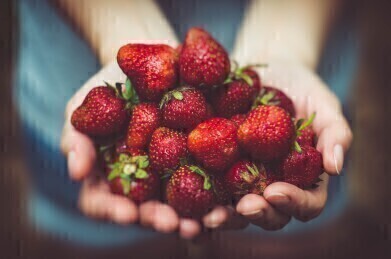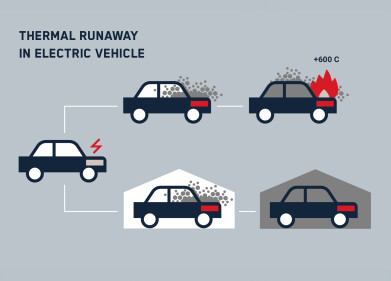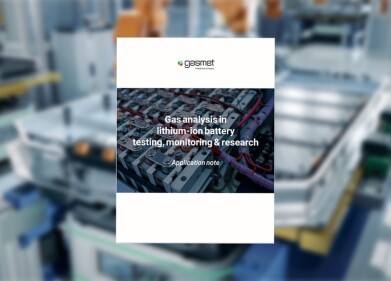Health & Safety
How Is Food Tested for Pollutants?
Feb 07 2023
With the world population having recently surpassed eight billion people, producing enough food to sustain everyone is a challenge enough in itself. But not only must the food we generate be nutritious, it must also be free from pollutants. This includes bacteria, viruses and parasites, but also chemical and biological toxins which can cause damage to human health.
For that reason, various governing bodies around the world have mandated food testing standards for producers within their jurisdiction. This means they must carry out accurate testing procedures targeted at specific contaminants, which meet established guidelines and are simple and cost-effective enough to be reproducible at scale, making food analysis more challenging than ever before. In general, food is tested via one of the following three methods:
Chemical testing
As the name suggests, this type of testing is focused on detecting unsafe levels of certain chemicals in foodstuffs. Generally, these chemicals fall into the following categories:
- Cleaning agents, which may have contaminated food when it came into contact with recently sanitized surfaces, implements or containers
- Pesticide residue, which can linger on fresh produce such as fruit and vegetables and lead to serious health complications for those who ingest it
- Per- and polyfluorinated alkyl substances (PFAS), or forever chemicals, which can infiltrate food products via environmental exposure and bioaccumulate to unsafe concentrations
- Chemical properties, such as excessive levels of acidity which may have leached into food from the metallic receptacle (aluminium or tin can) in which it is contained
- Trace contaminants, which may be present in very small quantities but could still pose a human health risk
Chemical testing can also be used to quantify the nutritional and calorific content of food, though this is aimed more at informing consumers than safeguarding them against pollution.
Microbiological testing
Pathogenic microorganisms can contaminate food through environmental pollution, which normally occurs due to a problem with the raw materials themselves or the methods via which they are processed, packaged and stored. These pathogens include things like e. coli, listeria, norovirus, salmonella and staphylococcus aureus and can contribute to some of the most serious foodborne illnesses and diseases.
While food which contains such pathogens might have visibly spoiled, on the majority of occasions it must be thoroughly tested. This can be quite an intensive and time-consuming process, since samples of the food must be tested for each individual pathogen separately, as they all require a different protocol. Nonetheless, it produces extremely reliable results.
Physical testing
Food products can also become contaminated with physical items, such as dirt, insects or fragments of metal. Normally, such elements are filtered out of the produce at the raw materials stage using sifting techniques, but some pollutants can slip the net. As such, it’s necessary to carry out physical testing at a later date.
The exact form that physical testing takes will depend on the type of pollutant or object being tested for. For example, metal shards can be spotted using an X-ray machine or a metal detector. Visual and olfactory inspections are also a common tactic in physical testing, since products contaminated in this manner often present an unpleasant odour or appearance.
Digital Edition
AET 28.2 April/May 2024
May 2024
Business News - Teledyne Marine expands with the acquisition of Valeport - Signal partners with gas analysis experts in Korea Air Monitoring - Continuous Fine Particulate Emission Monitor...
View all digital editions
Events
Jul 30 2024 Jakarta, Indonesia
China Energy Summit & Exhibition
Jul 31 2024 Beijing, China
2024 Beijing International Coal & Mining Exhibition
Aug 07 2024 Beijing, China
IWA World Water Congress & Exhibition
Aug 11 2024 Toronto, Canada
Aug 25 2024 Stockholm, Sweden and online









.jpg)








